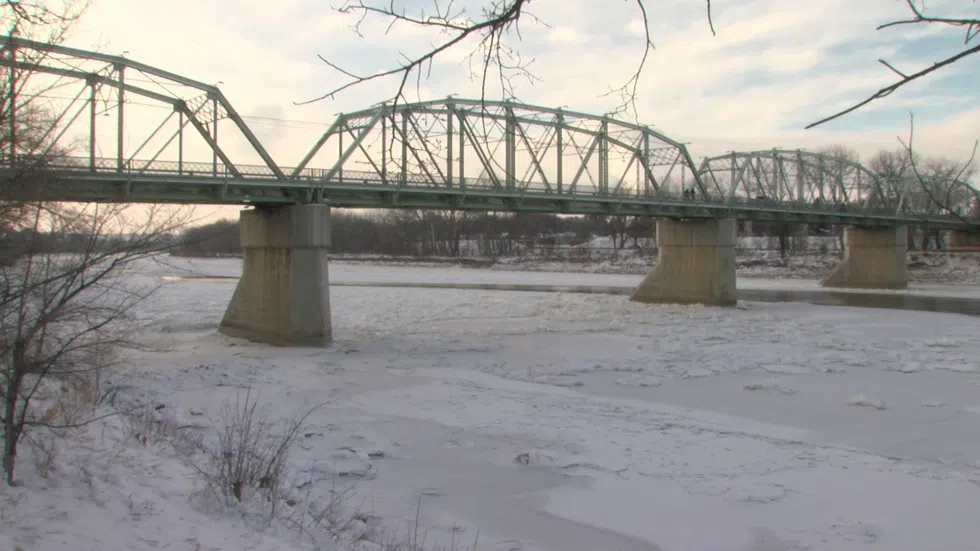
Higher than average snowpack reported in Alberta
MEDICINE HAT, AB — Due to the winter weather, the amount of snowpack in the mountains is being reported as higher than average.
According to Alberta Environment and Parks snow surveys, as of February 1, the Bow River basin snowpack was at 325 millimetres of snow water equivalent, while the Oldman River Basin was at an average of 325 millimetres. Both are up approximately 100 millimetres up from average levels at this time of the year.
The Bow and Oldman rivers both merge into the South Saskatchewan River.
“From what they’re showing in the month of February, the percentages are probably going to go a little higher than they were last month,” said Colleen Walford, river forecast engineer with Alberta Environment and Parks, over the phone from Edmonton. “There was some really good precipitation at the beginning of the month.”
